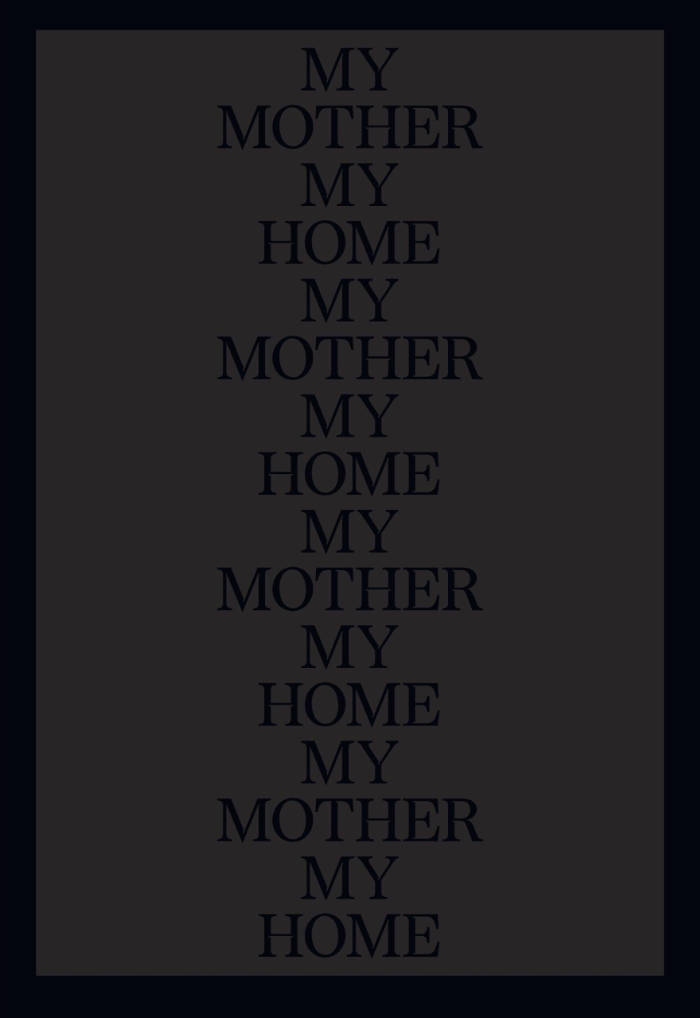
Making Something from Some Things: Inventory
This book is an inventory of Somethings made from Some Things. It includes 108 Somethings observed, arranged and embedded in a narrative and explores the potential of the domestic as a creative negotiation.
It draws (1) On, (2) How, (3) She*, (4) Sets:
(1) on the agency of Making Something
(2) on she* as conviviality and her* body,
(3) on How Somethings Work, or the beautiful choreography of a spider building a web by Ines Cox and
(4) the plot as a place.
Words are used like Some Things. They struggle with language, juggle semiotics. Each Something tells a story of its materialisation and idealisation, its genealogy, provenance, and on the complexity of labour.
A third voice engages with the aesthetics of Somethings. Anton Stuckardt therefore enters Somethings within a literary meandering.
The inventory further reflects on the order of things and draws five different variables of order within the linearity of a book.
This book is designed by Lukas Marstaller and published by AIB.
It appears on the occasion of Lizzy Ellbrück’s exhibition Making Something from Some Things, sited at the ZKM Pavilion, the Badischer Kunstverein and on these 192 offset printed pages.




